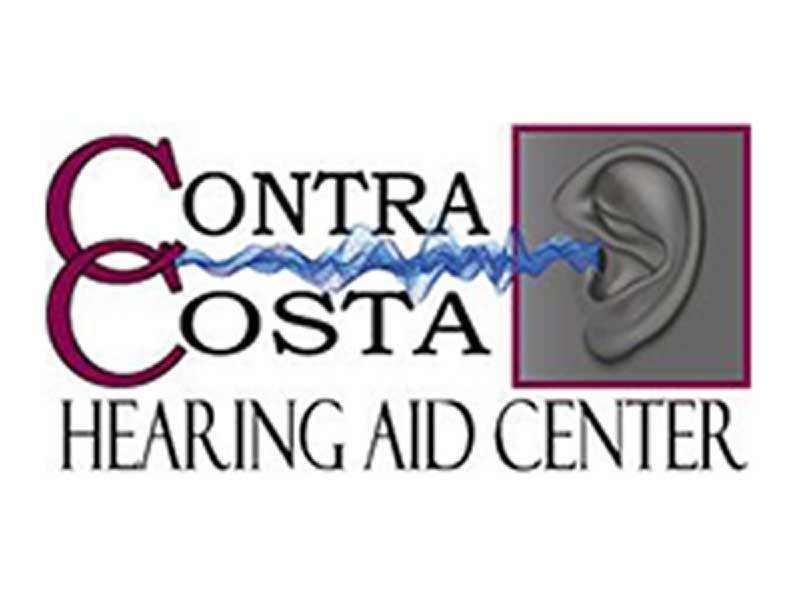In the event you have never heard the term 3D printing, you most likely didn’t think it connected in any way to hearing aids. Actually, it does. The making of state of the art portable amplifiers is made conceivable through the utilization of 3D printing. In spite of the fact that it’s nothing new, its still a process that changes the industry on account of the accuracy and simplicity of assembling it encourages. 3D printing has an alternate name: added additive manufacturing, which alludes to the procedure of adding to something to develop it instead of cutting layers away. Additive manufacturing brings about a noticeable improvement on the fit and guarantees the largest amount of comfort for the individual. Actually, 10 million 3D printed hearing aids are on the market currently.
Benefits of 3D Printing
This kind of 3D printing has been picking up force in the business because of the support in the accuracy of the methodology. The hearing device industry has been profiting from the methodology for a long time, helping individuals everywhere throughout the world hear better and feel amazing. When you think about the fact that 35 million Americans suffer from some form of hearing loss, you see how many people can actually benefit from 3D printing. Because the ear anatomies of individuals differ, it’s hard to replicate a hearing aid that will fit most people. That’s where the benefit of 3D printing comes in because it makes for unique fits based on the person. Conventional assembling procedures did not secure a one of a kind fit for each one client, so subsequently, numerous defects diminished the end result.
The Process
While it only takes on day to make one hearing aid, the process can actually sound quite complicated. There’s not only a decrease in time for manufacturing, but 3D printing offers a truly custom fit for the individual, and it all begins with the creation of a pointcloud by an hearing instrument specialist. This is a digital image of the ear using a laser scanner. A quality check is conducted, then the shell or mold is produced from the printer. Comprised of a resin material, the hearing aid will eventually sit inside the ear perfectly. But first, the acoustic vents, electronics and other components must be included, made possible by the nearly 150,000 points of reference obtained via digital cameras to apply the template to the mold. Audiologists test out a wide spectrum of a geometric patterns and combinations prior to printing the final shell. The responsible unit for amplifying the sound, the circuitry is an important component that must be added. Thanks to the millions of 3D printed hearing devices in circulation within the hearing impaired community, the approach of 3D printing, or additive manufacturing, is a boon to the medical community.
